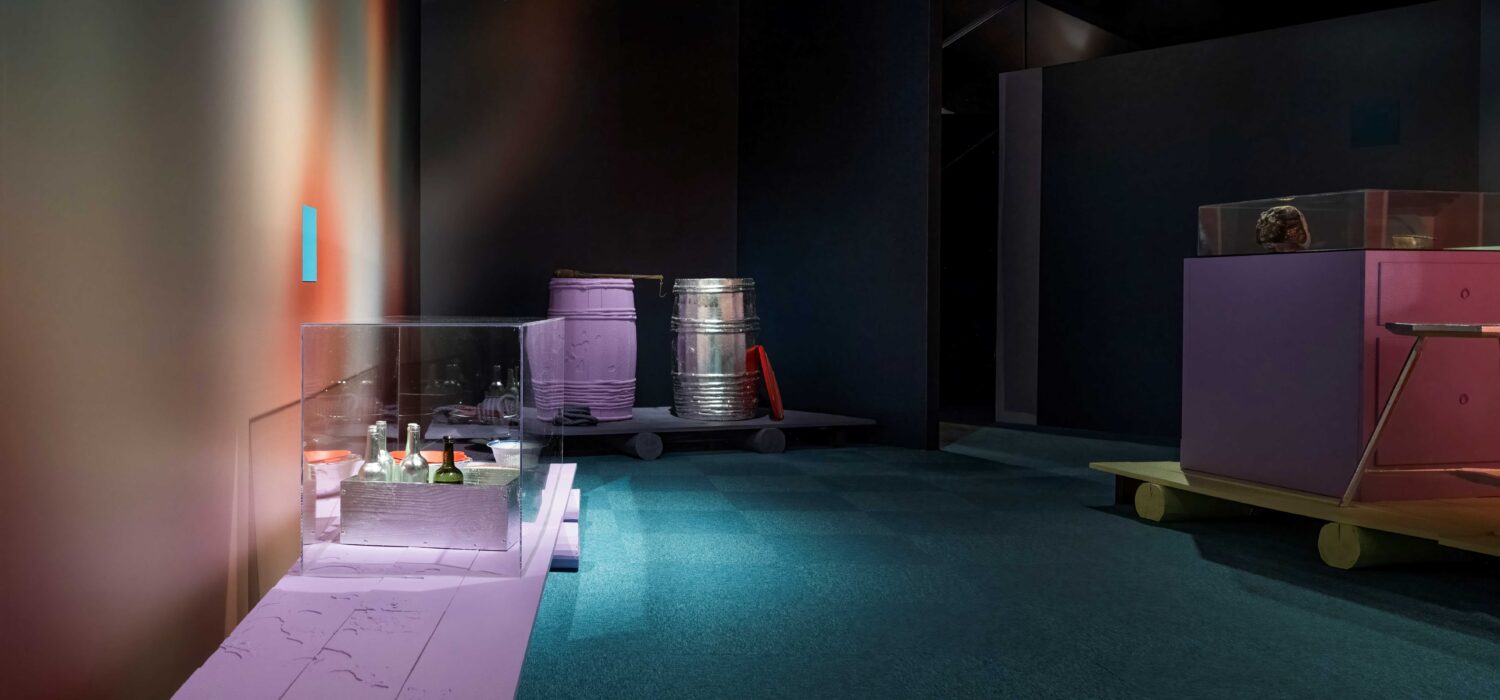18th century
The ship Fortuna is finally approaching Stavanger. Another journey from the continent has been completed. This time, the journey has been particularly long, all the way from Ostend in present-day Belgium. The deck is filled to the to the gunwales with barrels of salt, rye, and barley, bundles of hemp, rolls of textiles, crates of lemons, sugar, and tobacco – even two bird cages!
Fortuna, meaning luck or fate, has once again lived up to its name, bringing the sailors safely back to town. Most of the sailors live nearby, and from the many small houses that seem to cling to the rocks and cliffs along the harbour, women come running, waving, and shouting: "Father's here, come children, father's here!"
At the beginning of the 18th century, Stavanger was a small but vibrant community with all essential urban functions. Officials and the mercantile bourgeoisie governed the town, and both groups earned their money through shipping, trade, and customs revenues. In the heart of the town, near the Cathedral at Torvet, were the houses of the town bailiff, the county officials, merchants, and shipowners. We recognise names such as Plough, Kielland, Geelmuyden, Køhler, and Rosenkilde.
The 18th century was marked by adversity in several areas: wars, diseases, fires, poor fishing, and bad harvests. Particularly dramatic was the Great Northern War (1700-1721), which remains the longest and deadliest war Norway has ever been involved in. The conflict led to high taxes, and many young men were conscripted into the military.
Additionally, the mysterious "radesyken" – or "Stavanger plague" – ravaged the area. This disease, which originated in Stavanger and spread throughout the country, caused severe rashes with blisters and sores. The radesyken particularly affected the poor and was considered shameful as it was perceived to be a sexually transmitted disease.
Despite much adversity, a sense of optimism can be sensed in the town. Stavanger is growing, and the population is increasing. Throughout the 18th century, the seafaring town is opening up to the world, and we see the first signs of a consumer society in Norway. In Stavanger, the import of luxury goods, such as finer textiles, is significant. One of those heavily involved in the new luxury market in Stavanger is the wealthy merchant widow Birgitte Nyrup Kielland.
